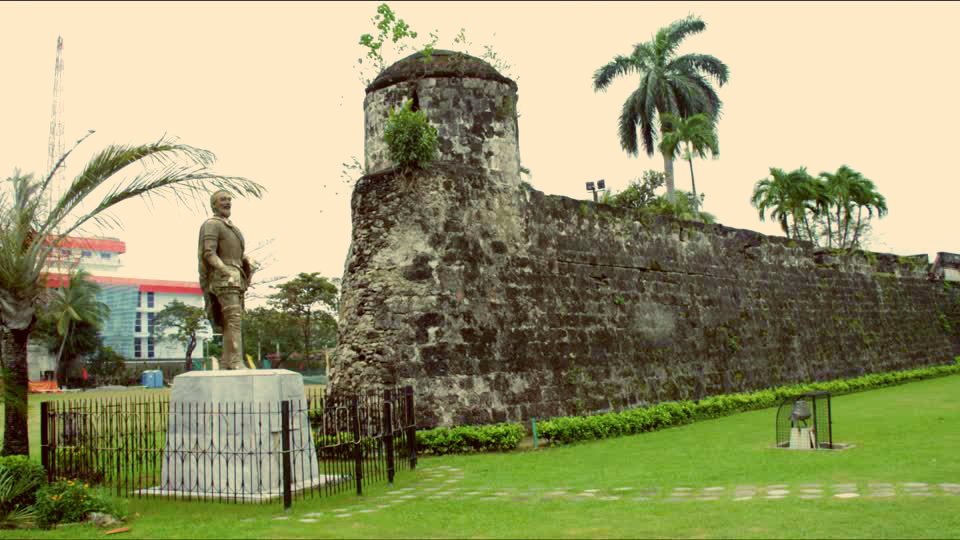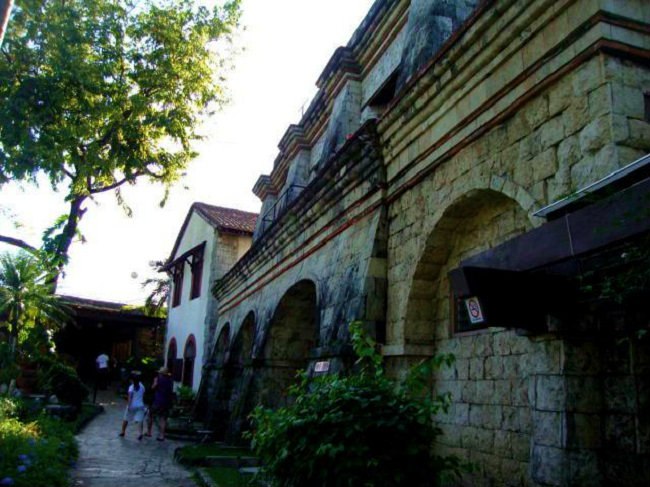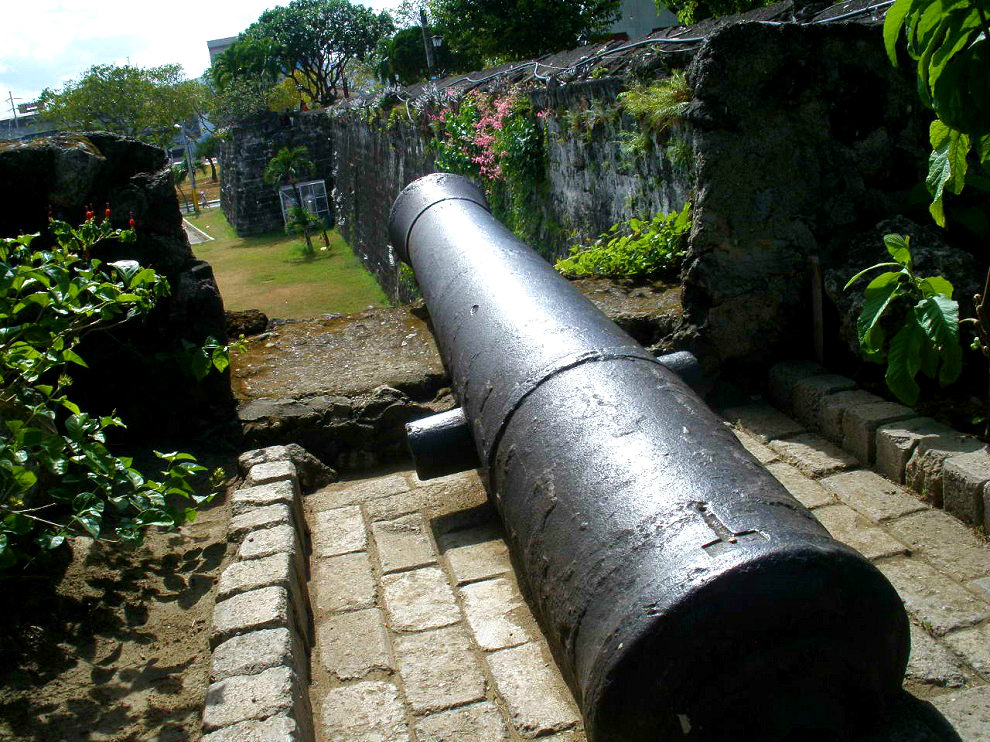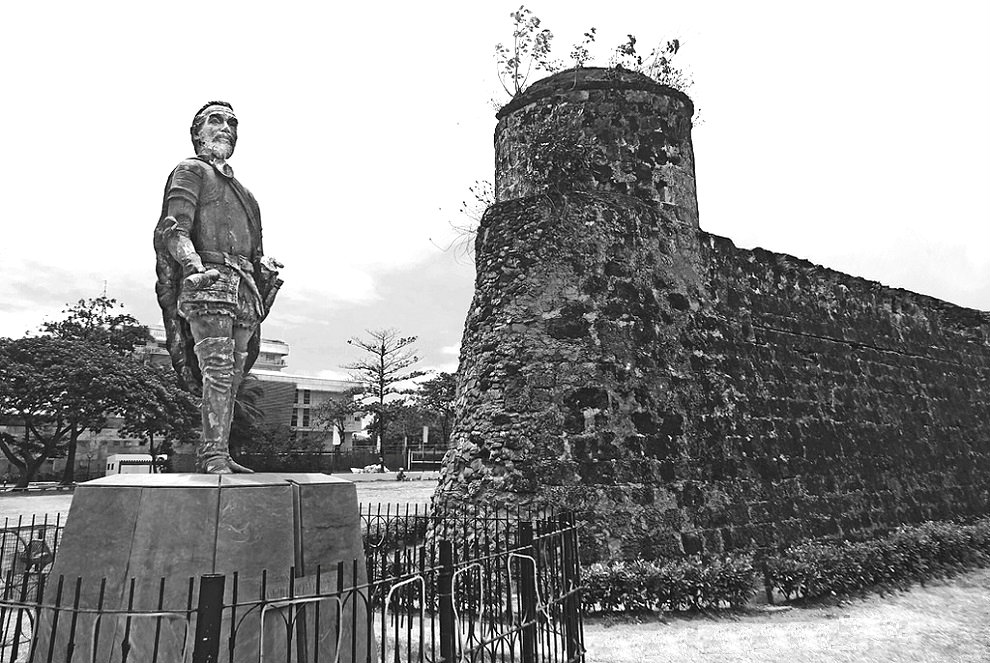Fort San Pedro
Fuerza de San Pedro or most commonly called Cebu Fort San Pedro, is a military defense structure that was built during the early times of the Spanish era.
It is considered as the oldest tri-bastion fort in the Philippines that was built in 1738 to keep them safe from the Muslim raiders. It served as the nucleus of the first Spanish settlers in the country. By the end of the 19th century, Filipino revolutionaries used it as their stronghold. The fort also served as the fortification of the Japanese soldiers during the World War II.

It also became part of the American Warwick Barracks during the American Regime. During this period, Filipino revolutionaries fought with the Americans against the invading Japanese troops on the island. In later years, 1930’s to 1940’s, the barracks were renewed and have been turned into schools where Cebuanos started their formal education.

Yet, during the World War II (1945) the fort served as an emergency hospital. Later than 1950, Fort San Pedro was an army camp till the Cebu Garden Club took over and fixed the inner part and was later converted into a mini garden. Some plants inside the fort came from Mexico which were brought by the Spaniards through their galleon ships.

Its area is about 2,050 square meters; the walls are about 20 feet high, 8 feet thick and the towers are also about 30 feet high. It has a triangular in shape, one facing at the City and the other two are facing toward the sea. It also has 14 mounted cannons, which are still in each respected places.

The laborious construction began on the 8th of May 1565 by Miguel Lopez de Legazpi, the Spanish conquistador under the Spanish Government in Cebu. Thus, outside the fort walls you can see the large statue of Miguel Lopez de Legazpi and Antonio Pigafetta with inscriptions of their work.



































